Understanding Bank Statement Financing

Simple at its core, a Bank Statement loan considers a borrower’s bank statements in the approval process. But there are important loan details the borrower should know about. Let’s take a look at them.
An Overview of Bank Statement Loans
Ideal for many borrowers with non-traditional incomes – such as the self-employed and gig economy workers – Bank Statement loans calculate a potential borrower’s income based on bank deposits in personal and business accounts. Requirements are more lenient than those for many other mortgage products, as applicants with debt-to-income (DTI) ratios up to 55%, credit scores as low as 620, and even recent credit events may qualify. Loan amounts of up to $4MM on a range of different occupancy types are offered.
Who can apply for a Bank Statement loan?
Almost anyone. This includes U.S. citizens, permanent resident aliens, and non-permanent resident aliens who have eligible visas. First-time homebuyers and non-occupant co-applicants can apply. Often, lenders will require that self-employed applicants have worked for themselves for at least two years. Under two years, a lender may wish to see two prior years of employment in the same field without a gap of more than 30 days.
What kind of bank statements are needed?
With personal bank accounts, a lender will ask for 12 or 24 months’ worth of statements to verify that the deposits in these accounts are earned income and not, for example, just transfers from another personal account. The lender will use these statements to calculate the potential borrower’s average monthly income. With business bank accounts, lenders ask for the same number of statements, with the stipulation that the borrower owns at least 25% of the business.
What types of properties can one purchase with a Bank Statement loan?
A borrower can use a Bank Statement loan to buy a primary home, a second home, or an investment property. This includes detached and one-to-four-unit attached properties, warrantable condos, non-warrantable condos with certain conditions, and mixed-use properties. And borrowers can finance multiple properties with Bank Statement loans.
What about cash out refinancing?
There’s no limit on the cash out amount up to a loan-to-value (LTV) ratio of 75%*, cash out proceeds can be used for reserves up to LTV 80%, and purchase or rate and term refinancing on a primary residence has a max of LTV 90%.
Do you know of some would-be borrowers who might be perfect for Bank Statement loans? Contact us to talk about the possibilities.
Disclaimer: Please note that underwriting guidelines are subject to change and may have already changed by the time you are reading this post. Always check with an account executive for the most accurate and updated information on loan details.
Let's Connect
Get In Touch
CORPORATE
Luxury Mortgage Corp.®
Four Landmark Square
Suite 300
Stamford, CT 06901
(888) 458-6267
WEST COAST
Luxury Mortgage Corp.®
18100 Von Karman Ave
Suite 350
Irvine, CA 92612
(949) 516-0710

